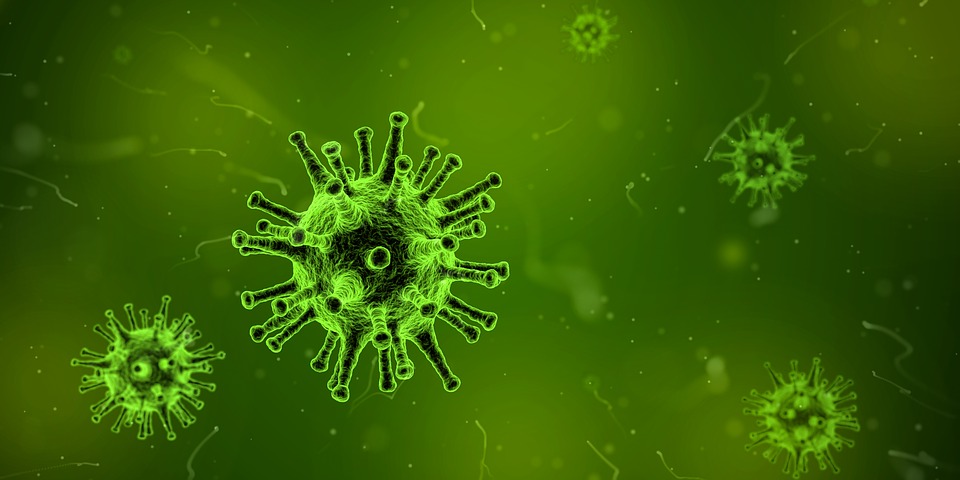Thanks to a collaboration with the University of Siena and CNR of Pavia, a novel strategy to fight West Nile Virus and other emergent viruses
Following their recent study that led to the identification of the first molecule able to inhibit the replication of several viruses (such as Hepatitis C, HIV, Dengue) through the action on a cellular enzyme (DDX3), the research groups coordinated by Prof. Maurizio Botta from the University of Siena and Dr. Giovanni Maga from the IGM-CNR Pavia, also in collaboration with Lead Discovery Siena and Prof. Giannecchini from the University of Florence, have developed a novel family of DDX3 inhibitors which have been shown to be efficacious to block the replication of West Nile virus in human cells, without any damage to healthy cells.
These molecules, with promising pharmacokinetic properties, pave the way for the formulation of an innovative class of drugs directed against West Nile virus and other emergent viruses. The research has been published on the prestigious Journal of Medicinal Chemistry, published by the American Chemical Society.
West Nile virus is most commonly spread to people by the bite of infected mosquitoes that are also present in Italy where it is responsible for several infections each year, even with severe neurological complications. Moreover, this virus infects each year millions of persons all over the world. Despite continuous efforts being made to identify new drugs or vaccines, no specific therapy or prophylaxis is actually available on the market.
“Our approach – commented Prof. Botta and Dr. Maga – is highly innovative because exploits a cellular enzyme to block virus replication. Actually, it makes the cell an adverse environment for virus replication. Usually, antiviral drugs are directed against viral proteins which rapidly mutates and thus might become resistant to treatments. On the other side, our strategy is able to overcome this obstacle. Other viruses, such as Dengue and Zika, depend on DDX3 for their replication. Thus, our molecules could become broad spectrum antiviral therapeutic agents – not available so far – against emergent viruses. The good scientific research conducted in our Universities and at CNR has played a leading role in achieving such success. This work was made possible thanks to the precious economic support from Tuscany Region through the FAS Salute 2014 Grant (DD 4042/2014) and from First Health Pharmaceuticals B. V.”.




